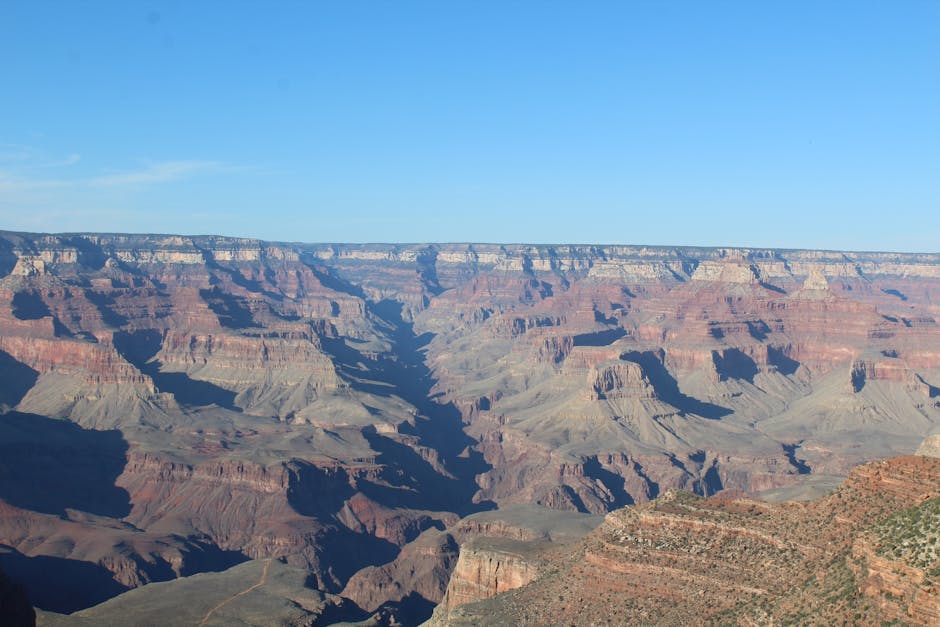Northeast and Midwest Brace for Combined Severe Weather and Heatwave Impact
Northeast and Midwest Brace for Combined Severe Weather and Heatwave Impact

A significant weather system impacting millions across the central and eastern United States presents a dual threat: severe thunderstorms and a dangerous heatwave. AccuWeather meteorologists predict widespread disruptions through the end of this week, with the potential for significant consequences.
Through Thursday, a powerful weather pattern is generating severe thunderstorms across a broad region spanning from the central Plains and Great Lakes to the Northeast and Mid-Atlantic. The highest risk of flash flooding and damaging winds is concentrated in areas from Michigan to Pennsylvania and West Virginia. Pre-existing saturated ground from previous storms significantly exacerbates the flood risk, particularly in areas like northern West Virginia, where recent flash floods have tragically resulted in fatalities. The steep terrain in this region accelerates runoff, contributing to the severity of the flooding. Illustrating this, Wheeling Creek experienced a nearly 7-foot rise in just two hours last weekend, and West Virginia has already recorded 96 flash flood warnings this June—equaling the second-highest June total on record. AccuWeather Senior Meteorologist Chad Merrill emphasizes the persistent nature of the weather front, stating, “The front is not budging. It will continue to fuel storm development and potential flooding through the week.”
As the storm system moves eastward, a substantial heat dome is expected to develop across the central U.S., expanding into the Northeast early next week. Temperatures are projected to surge 10–20 degrees above normal, with RealFeel® Temperatures potentially exceeding 100°F. High humidity will further intensify the oppressive conditions, especially in areas already saturated from recent rainfall. This extreme heat poses a significant strain on power grids and elevates the risk of heat-related illnesses. AccuWeather Meteorologist Alex Duffus highlights the severity of this hazard, emphasizing the importance of preventative measures: “Heat is the deadliest weather hazard in the U.S. Taking precautions now can prevent emergencies later.”
While the severe weather threat is anticipated to subside by the weekend, the heatwave is expected to linger into the following week across much of the Northeast. This prolonged period of extreme heat necessitates continued vigilance and proactive measures to mitigate potential risks to public health and infrastructure.
Disclaimer: This content is aggregated from public sources online. Please verify information independently. If you believe your rights have been infringed, contact us for removal.